Samoa country profile
- Published
This page is no longer being updated. It was last updated on 27 October 2023

The Independent State of Samoa is made up of nine volcanic islands, two of which - Savai'i and Upolu - make up more than 99% of the land.
It was governed by New Zealand until its people voted for independence in 1961. It has the world's second-largest Polynesian group, after the Maori.
Samoa's society centres around the extended family, headed by an elected chief who directs the family's social, economic and political affairs, and the church, which is a focus of recreational and social life.
The economy revolves around fishing and agriculture, which is vulnerable to cyclones and disease.
Attempts at diversification have met with success. Tourism is growing, thanks to scenic attractions and fine beaches. Offshore banking spearheads an expanding services sector. Light manufacturing is expanding, and has attracted foreign investment.
Despite this, many younger Samoans are leaving for New Zealand, the US and American Samoa. Money sent home by Samoans living abroad is a key source of household income.
Read more country profiles, external - Profiles by BBC Monitoring, external
INDEPENDENT STATE OF SAMOA: FACTS
Capital: Apia
Area: 2,831 sq km
Population: 205,500
Languages: Samoan, English
Life expectancy: 70 years (men) 76 years (women)
LEADERS
Head of state: Tuimalealiʻifano Vaʻaletoʻa Eti Sualauvi II
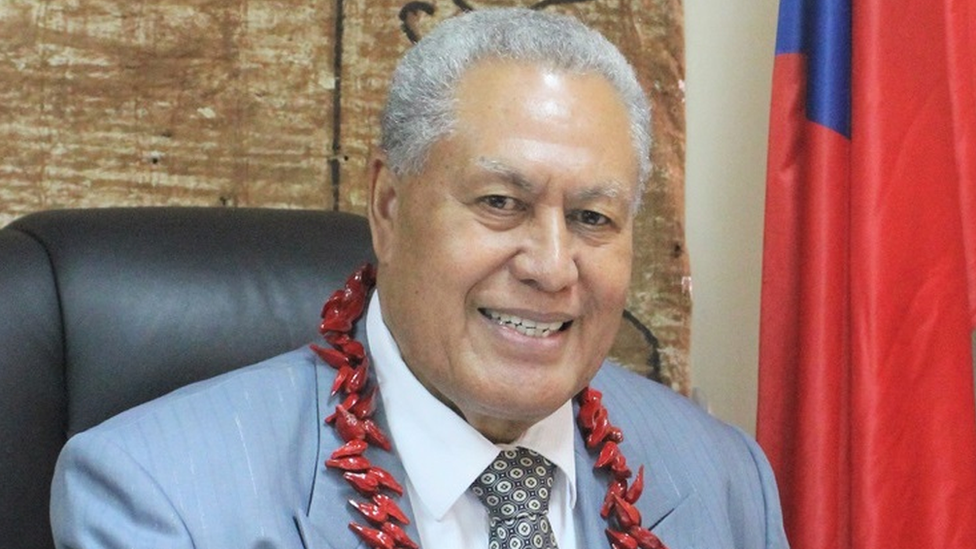
He was sworn in as head of state in July 2017, succeeding Tui Ātua Tupua Tamasese Tupuola Tufuga Efi. He was reappointed as head of state for a second five-year term in August 2022.
The head of state, is by custom chosen from one of the four highest-ranking paramount chiefs in the country.
Prime minister: Fiamē Naomi Mataʻafa
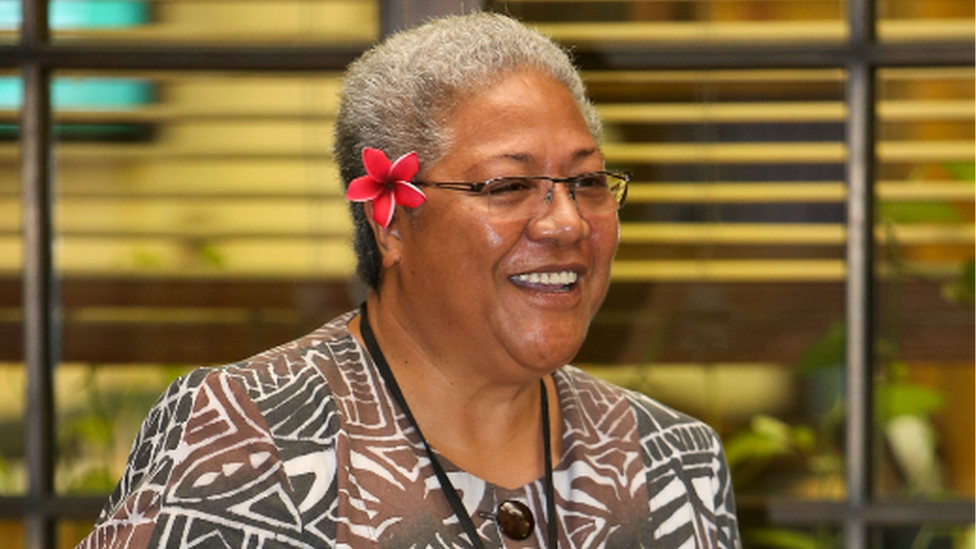
An April 2021 election win propelled Fiame Naomi Mata'afa into office as Samoa's first woman prime minister, ending the 22-year rule of Tuilaepa Sailele Malielegaoi.
She emerged from the governing HRPP party to join the opposition FAST party in January, bringing with her decades of experience, including a stint as deputy prime minister, not to mention her prominence as the daughter of the first prime minister and a royal lineage.
MEDIA

The Chinese-built Tui Atua Tupua Tamasese Efi government complex in Samoa's capital, Apia
Several public and privately-owned media outlets operate in Samoa, and internet access has expanded rapidly in recent years.
Press freedom is "generally respected", according to US-based Freedom House but it warns that "politicians and other powerful actors have used libel or defamation suits to respond to critical remarks or stories about them".
Read full media profile
TIMELINE

Apia has been Samoa's official capital since 1959
Some key dates in Samoa's history:
1,500BC onwards - Samoa is discovered and settled by the Lapita people, Austronesian people who spoke Oceanic languages travelling from the area of eastern New Guinea and the Solomons.
1722 - Dutch navigator Jacob Roggeveen is the first European to explore Samoa.
1768 - French explorer Louis-Antoine de Bougainville names the islands the Navigator Islands.
1820s onwards - American and European whalers, traders begin arriving
1830 - London Missionary Society arrives in Samoa.
1868-94 - Samoan Civil War: A contest between rival Samoan factions over who would be king with armed skirmishing at various points. There is also a parallel three-way struggle between the colonial powers of the USA, Germany and Britain for control over the islands.
1887-89 - Samoan Crisis: A naval standoff between the United States, Germany, and the United Kingdom over fuelling rights and concessions in Samoa. Three German, three US and one British warship face each other in Apia harbour. The standoff ends when the 1889 Apia Cyclone wrecks all but the British ship.
1899 - Tripartite Convention: Divides the island group into German Western Samoa, while the US takes over eastern Samoa (now American Samoa). Britain withdraws its claims in return territorial concessions in Pacific and elsewhere by Germany.
1914 - New Zealand occupies Western Samoa during World War One.
1920-1962 - New Zealand administers Western Samoa following a League of Nations mandate in 1920, and then a United Nations mandate after World War Two.
1918-1919 - Flu pandemic: some 20% of the population die after New Zealand authorities allow the SS Talune to dock in breach of quarantine regulations. The pandemic undermines Samoan confidence in New Zealand's administrative capacity and competence.
1929 - Black Saturday: New Zealand troops kill ten and wound about 50 non-violent demonstrators from the Mau, a movement which is opposed to New Zealand administration.
1930 - New Zealand bans the Mau, as its followers disperse they are pursued by a force of marines and sailors.
1936 - Following the Labour Party's victory in New Zealand's 1935 general election, the Mau is recognised as a legitimate political organisation.
1962 - Western Samoa becomes independent, the first Pacific island nation to do so.
1970 - Western Samoa joins the Commonwealth.
1997 - Country changes its name from Western Samoa to Samoa.
2011 - Samoa changes its time zone from UTC−11 to UTC+13, moving the International Date Line to the east of the country. The aim is more closely align trading hours with those in Australia and New Zealand, and so boost the economy.
2021 - Fiamē Naomi Mataʻafa becomes Samoa's first female prime minister.
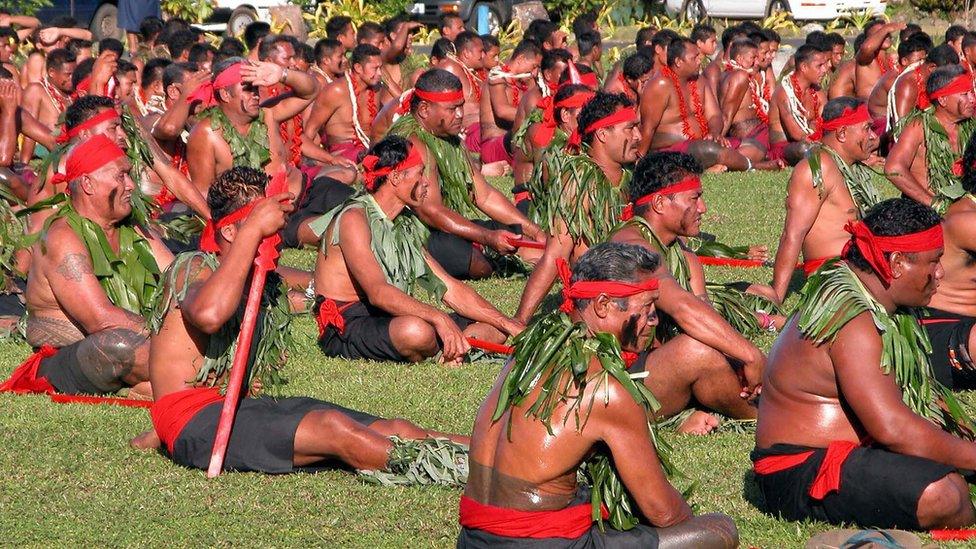
Samoan matai or chiefs attend a ceremony
- Published23 August 2023
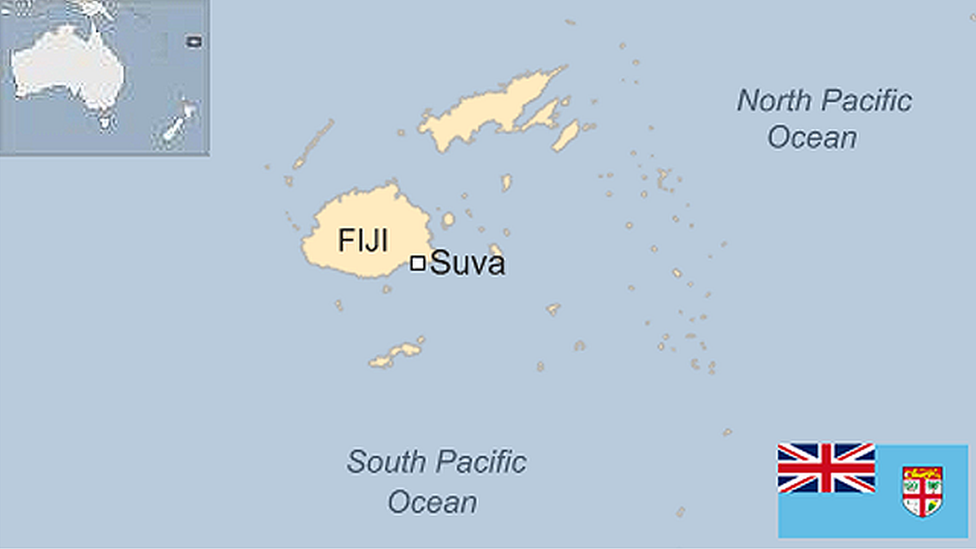
- Published30 October 2023
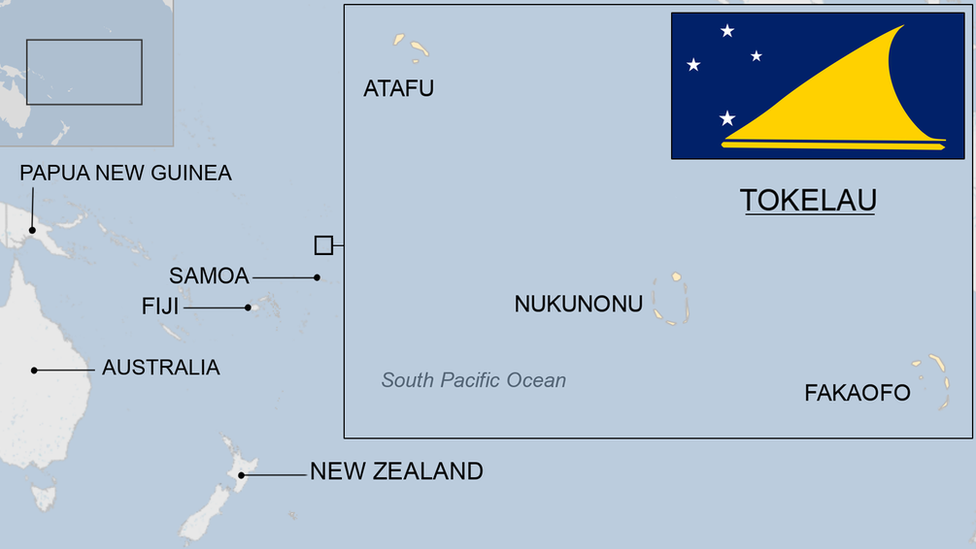
- Published23 August 2023
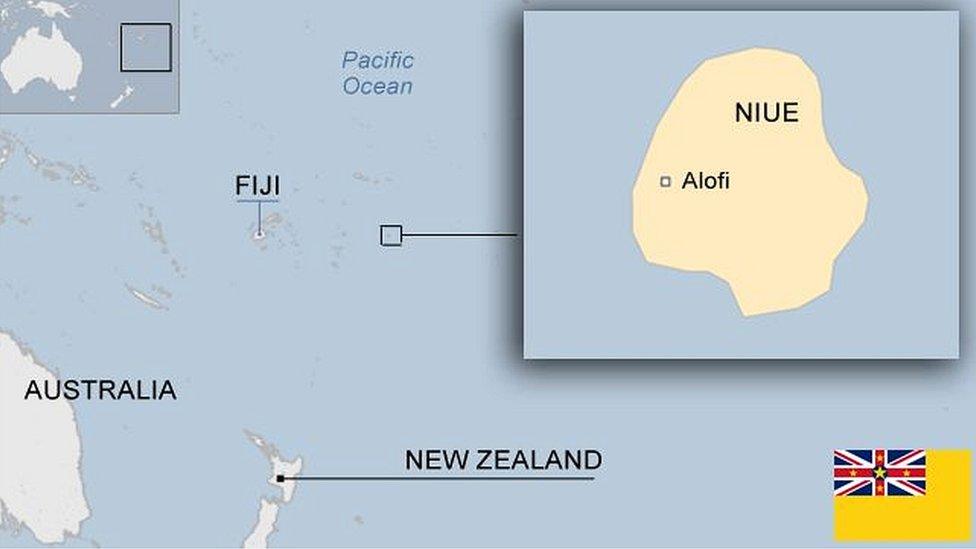
- Published26 February 2024

- Published23 August 2023
